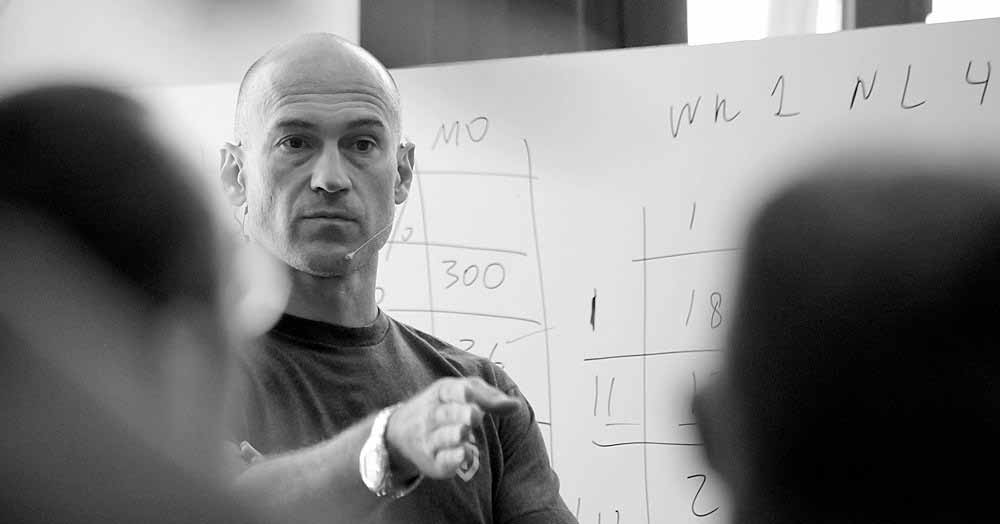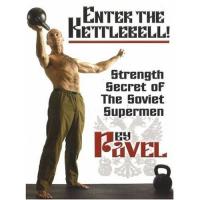

When people get injured while squatting, for example, you can usually blame it on fatigue. Second, because sets of five are fairly short, you can hold good form. Think of the 5-rep set as a kind of circuit breaker that keeps intensity in the safe range. On a set of five, even if you go all-out, it’s hard to use much more than 80% intensity (meaning eighty percent of your 1-rep max). If you’re smart you’ll go even lower-mostly I’d stay close to 70%-but even if you get over-enthusiastic and add too much weight to the bar, as long as you’re doing sets of 5, you can’t overdo the intensity too badly. It occupies a sweet spot in the rep range. In the Soviet tradition, five reps is almost a magic number. But Tsatsouline was coming from a different world, the world of Soviet sports science, with its time-honored technique of jacking up volume by using frequent workouts, modest weights, and lots of sets. And many American powerlifters deadlifted at most twice a month. Bodybuilders would never dream of working a bodypart more than three times per week, at a maximum, and certainly not the deadlift. Second, and shockingly, he advised deadlifting almost every day. Not the mullet lift bench press and not the squat, but the much-feared, unjustly maligned deadlift.

First, he said that almost all of us-especially average people-should base our training on the deadlift. While elite athletes and powerlifters are those most likely to benefit from the advanced training information contained within Power to the People Professional, there remains a wealth of cutting-edge tips and tactics that intermediate lifters, athletes from various power sports, and power bodybuilders can use to immediately enhance their strength and power.In his milestone book, Pavel said two things that were heretical in the American weight-training world of the 1990s, which was still ruled by the ideas of bodybuilders. Some of the chapters are straightforward coverage of "how they do it in Russia", others represent Pavel's own original work based on years of research and experimentation. In Power to the People Professional, Pavel broadens and deepens this knowledge base to encompass a vast range of little-known but highly effective methods to keep tricking our stubborn bodies into ever-greater strength gains. And thanks to his ability to ground theory in the proof of hard experience and earned results. And in this, Pavel has succeeded admirably, thanks to his access to the best training secrets not only in the West but in Russia-justly famous for its history of achievement in the world of strength and powerlifting.

Pavel's great contribution has been to research and identify the proven "battle" strategies that give us the best chance to keep making those strength gains-whatever the odds. Losses and set-backs are a constant in this see-saw struggle of adaptation and survival. Only hard-fought gains-born of skill, will, and right knowledge. There is no final victory in the quest for extra strength.

The war on weakness is a war we wage our whole lives. Pavel took the guesswork out of strength training and honed in with an elegant simplicity on what really worked to get stronger-and continue getting stronger. Synopsis: Pavel Tsatsouline's landmark classic, Power to the People! has helped tens of thousands-be they world-class athletes or basement enthusiasts-achieve and maintain remarkable strength gains, by employing a set of radically effective lifting principles in a scientific manner.


 0 kommentar(er)
0 kommentar(er)
